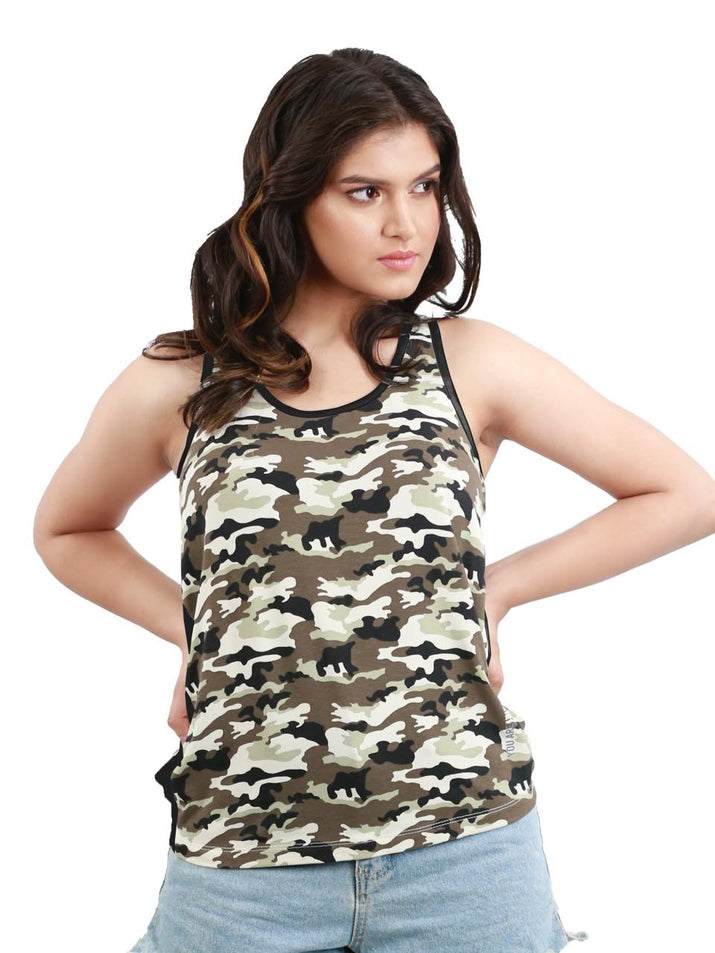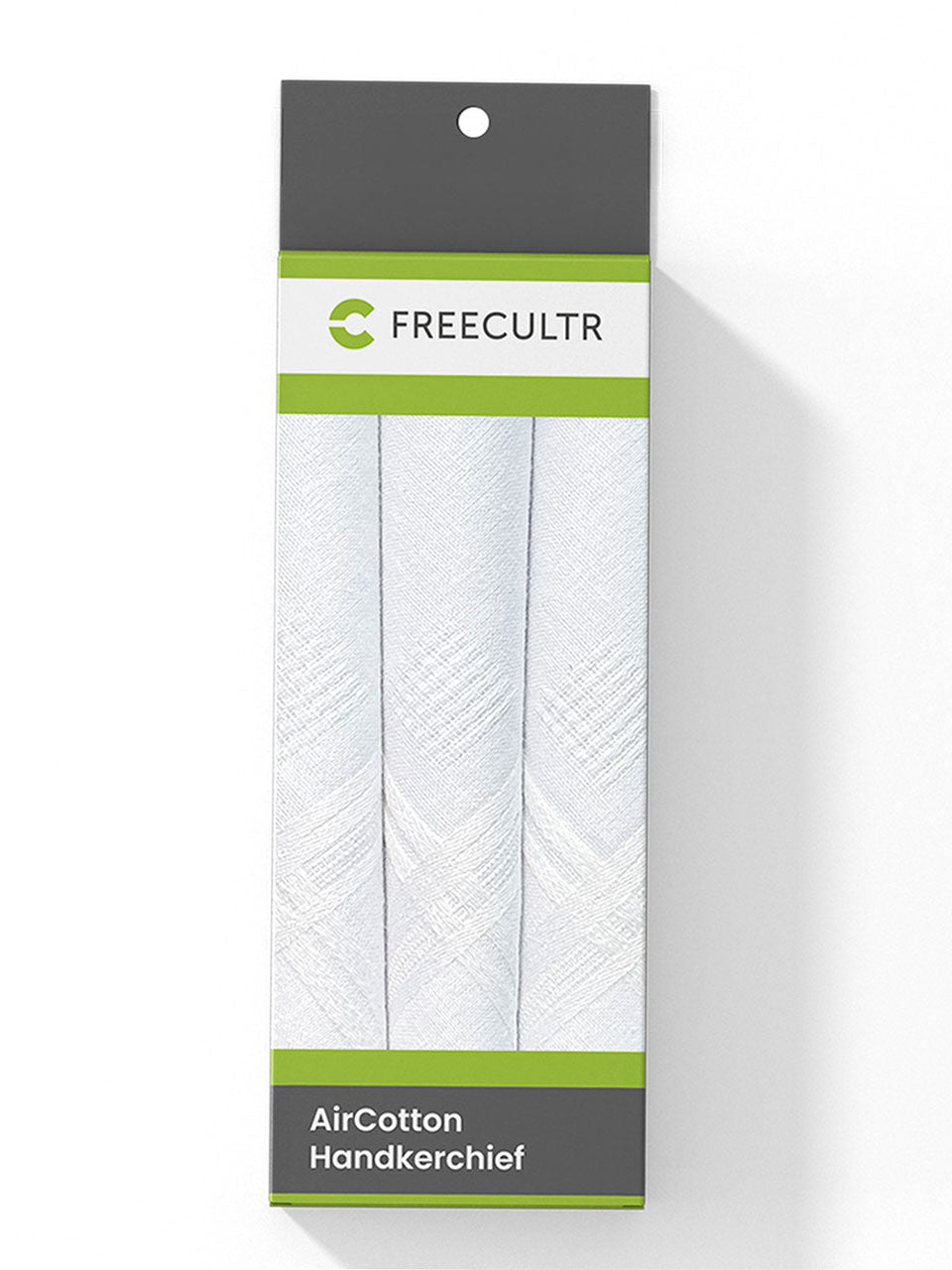Beyond athleisure's enduring popularity, performance apparel is no longer solely about the gym. Today's active woman demands versatility and protection, seamlessly transitioning from a morning run to a midday meeting. The Women's Tank Top, engineered with UV protection and quick-dry fabric, addresses this need head-on. Consider the rising awareness of sun damage linked to everyday activities – this tank offers a proactive solution. Moreover, its moisture-wicking capabilities ensure comfort and confidence, aligning with the current trend of prioritizing both wellness and practicality in wardrobe choices. This isn't just a tank top; it's a smart layer designed for the multifaceted lives we lead.

Understanding UV Protection in Fabrics
Ultraviolet (UV) radiation, an invisible form of energy emitted by the sun, can be harmful to our skin. Prolonged exposure can lead to sunburn, premature aging. Increased risk of skin cancer. Clothing offers a degree of protection. Not all fabrics are created equal. Fabrics designed with UV protection in mind can significantly reduce the amount of UV radiation that reaches your skin.
The effectiveness of a fabric's UV protection is measured by its Ultraviolet Protection Factor (UPF). UPF indicates how much UV radiation a fabric blocks. For example, a UPF of 50 means that the fabric blocks 98% of UV rays, allowing only 2% to penetrate. Garments with a UPF rating of 30 or higher are generally considered to offer adequate protection.
Several factors contribute to a fabric's UPF rating:
- Fiber Type: Some fibers naturally offer better UV protection than others. Polyester and nylon generally provide better protection than cotton, rayon, or linen.
- Weave: A tightly woven fabric has smaller spaces between the threads, reducing the amount of UV radiation that can pass through.
- Color: Darker colors absorb more UV radiation than lighter colors.
- Treatments: Fabrics can be treated with UV-absorbing chemicals to increase their UPF rating.
- Stretch: Over-stretched fabrics can reduce UPF ratings due to increased gaps between yarns.
The Science Behind Quick-Dry Fabrics
Quick-dry fabrics are designed to wick moisture away from the skin and evaporate it quickly. This is crucial for comfort, especially during physical activities or in hot weather, as it helps regulate body temperature and prevent chafing. The technology behind quick-dry fabrics lies in their fiber structure and construction.
Here's how quick-dry fabrics work:
- Hydrophobic and Hydrophilic Fibers: Many quick-dry fabrics utilize a blend of hydrophobic (water-repelling) and hydrophilic (water-attracting) fibers. The hydrophilic fibers absorb moisture from the skin, while the hydrophobic fibers help to spread the moisture across the fabric's surface.
- Capillary Action: The structure of the fibers creates a capillary effect, drawing moisture away from the skin and towards the outer surface of the fabric.
- Increased Surface Area: Quick-dry fabrics often have a larger surface area than traditional fabrics, allowing for faster evaporation. This is achieved through specialized weaving techniques or the use of microfibers.
Common quick-dry fabrics include:
- Polyester: A synthetic fiber known for its excellent wicking properties and durability.
- Nylon: Another synthetic fiber that is strong, lightweight. Quick-drying.
- Microfiber: A very fine synthetic fiber that creates a large surface area for enhanced moisture evaporation.
- Merino Wool: Although wool is traditionally associated with warmth, merino wool has natural wicking properties and can be surprisingly effective at keeping you dry.
Combining UV Protection and Quick-Dry Technology in a Tank Top
A women's tank top that combines UV protection and quick-dry technology offers the best of both worlds: protection from the sun's harmful rays and enhanced comfort during outdoor activities. These tank tops are ideal for activities like hiking, running, swimming. Gardening.
When choosing a tank top with both features, consider the following:
- UPF Rating: Look for a UPF rating of 30 or higher for adequate sun protection.
- Fabric Composition: Opt for fabrics like polyester, nylon, or blends that offer both UV protection and quick-drying properties.
- Fit: Choose a fit that allows for freedom of movement and comfort.
- Construction: Check for flat seams to minimize chafing and irritation.
- Breathability: Ensure the fabric is breathable to prevent overheating.
Real-World Applications and Use Cases
Imagine Sarah, a passionate marathon runner, training under the scorching summer sun. Without proper protection, she risks sunburn and discomfort. A women's tank top with UV protection and quick-dry fabric becomes her reliable companion. The UPF 50 rating shields her skin from harmful UV rays, while the quick-dry technology wicks away sweat, keeping her cool and comfortable throughout her long runs.
Consider Lisa, an avid gardener, spending hours tending to her plants. A UV protective and quick-drying tank top allows her to enjoy her hobby without worrying about sun damage or feeling sticky and uncomfortable. The tank top allows her to maintain both Fashion & Comfort while tending to her flowers.
These are just two examples of how a women's tank top with UV protection and quick-dry fabric can enhance your outdoor experiences. Whether you're an athlete, a gardener, or simply enjoy spending time in the sun, this type of garment can provide essential protection and comfort.
Comparing Different Fabrics and Their Properties
| Fabric | UV Protection | Quick-Dry Properties | Durability | Breathability | Best Use |
|---|---|---|---|---|---|
| Polyester | Good to Excellent (can be enhanced with treatments) | Excellent | Excellent | Good | Running, hiking, swimming, general outdoor activities |
| Nylon | Good (can be enhanced with treatments) | Excellent | Excellent | Good | Running, hiking, swimming, activewear |
| Microfiber | Good | Excellent | Good | Good | Activewear, travel |
| Merino Wool | Moderate | Good | Moderate | Excellent | Hiking, camping, layering |
| Cotton | Poor | Poor | Moderate | Excellent | Casual wear (not recommended for intense activity) |
Caring for Your UV Protective and Quick-Dry Tank Top
Proper care will help maintain the UV protection and quick-dry properties of your tank top. Follow these guidelines:
- Wash in cold water: Use a gentle cycle and avoid harsh detergents or bleach.
- Avoid fabric softeners: Fabric softeners can coat the fibers and reduce their wicking ability.
- Tumble dry on low heat or hang to dry: High heat can damage the fibers and reduce the effectiveness of the UV protection.
- Avoid ironing: Ironing can also damage the fibers.
- Store properly: Store your tank top in a cool, dry place away from direct sunlight.
Innovations and Future Trends
The market for UV protective and quick-dry apparel is constantly evolving. Researchers and manufacturers are exploring new technologies and materials to enhance performance and sustainability. Some emerging trends include:
- Bio-based fabrics: Developing fabrics from sustainable sources like bamboo or recycled materials.
- Enhanced UV protection: Creating fabrics with even higher UPF ratings.
- Smart fabrics: Integrating sensors and technology into clothing to monitor body temperature and other physiological data.
- Customizable designs: Allowing consumers to personalize their clothing with unique prints and patterns while maintaining UV protection and quick-dry properties.
These advancements promise to provide even greater levels of Fashion & Comfort and protection in the years to come. As consumers become more aware of the importance of sun safety and the benefits of performance apparel, the demand for UV protective and quick-dry clothing is likely to continue to grow.
Conclusion
So, you're armed with the knowledge of how a UV-protective, quick-drying tank can elevate your active lifestyle. Think of it as your secret weapon against the sun and sweat! I've personally found layering a light, breathable button-down (think linen or even a trendy oversized poplin shirt) over the tank after a workout adds a touch of street style while maintaining that all-essential sun protection. Remember, sun protection is more than just sunscreen (though, don't skip that!). Clothing plays a vital role. These tanks make it effortlessly stylish. Embrace the freedom, comfort. Confidence that comes with knowing you’re protected. Now, go conquer that hike, ace that tennis match, or simply enjoy a sun-kissed stroll, feeling good and looking even better! For more data on sun safety, visit the Skin Cancer Foundation.More Articles
Tank Top – Lightweight & Moisture-Wicking FabricWomen's Tank Top – Breathable Fabric & All-Day Comfort
Tees – Soft Cotton & Durable Print
Women's Boy Shorts – Seamless Design & Chafe-Free Comfort
FAQs
Okay, so it's UV protective... But how UV protective are we talking?
Great question! We're talking UPF 50+, which means it blocks over 98% of harmful UVA and UVB rays. Think of it like sunscreen for your torso – but way more convenient!
Quick dry? Does that really work, or will I still be a sweaty mess after my workout?
It really works! The fabric is designed to wick moisture away from your skin and dry super fast. You'll be surprised how much cooler and drier you feel, even during intense activity. No more feeling like you're wearing a damp sponge!
Is this tank top see-through? I'm a little tired of wearing layers.
Nope, it's not see-through! We use a high-quality fabric that provides good coverage, so you can confidently wear it on its own without worrying about anything showing through.
What kind of activities is this tank top good for?
Pretty much anything! Hiking, running, yoga, swimming (it works as a rash guard!) , gardening, or just hanging out at the beach. It's versatile enough for both high-intensity workouts and casual wear.
How do I wash it to keep the UV protection effective?
Easy peasy! Just machine wash it cold on a gentle cycle and tumble dry low. Avoid using bleach or harsh detergents, as those can break down the fabric fibers and reduce the UV protection over time.
Will it shrink after washing and drying?
It's pre-shrunk, so you shouldn't experience significant shrinkage after washing. But, like any fabric, a tiny bit of shrinkage is always possible. Sticking to the recommended washing instructions (cold water, low heat drying) will minimize any potential shrinkage.
What material is it made of?
It's typically made from a blend of polyester and spandex (or similar elastane fiber). This combination gives you the best of both worlds: the moisture-wicking and quick-drying properties of polyester, along with the stretch and comfortable fit of spandex.






